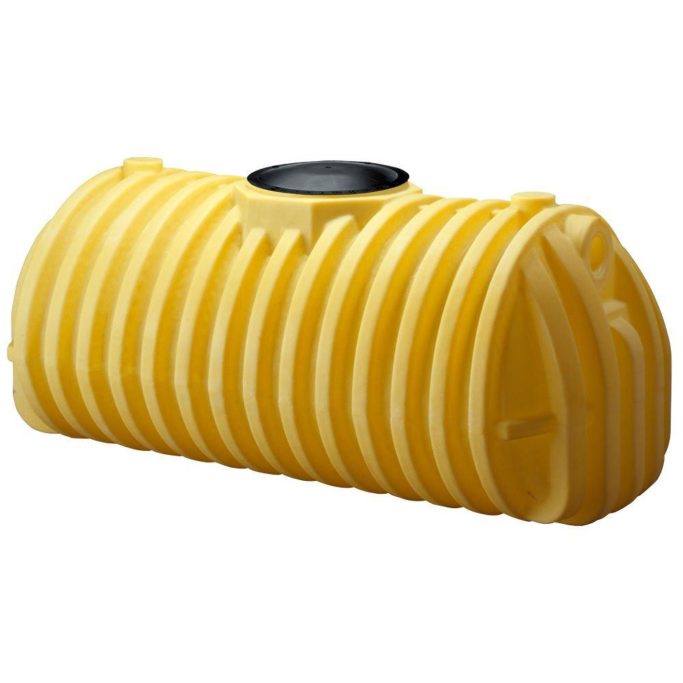Understanding the Septic System
If you’re wondering, “How does a septic tank work?” you’re not alone. This is one of the most commonly asked questions and the answer is fairly straightforward: science. In a traditional system, Mother Nature does most of the work, herself, though the design of a system can help encourage the process as well.
The reservoir is only one part of the system, though most of the work is done there. All the wastewater from a building joins up in a centralized line that exits to the tank. This includes water from the sinks, toilets, showers, washing machine, dishwasher, and anything else you may have that drains. The reservoir’s job is to provide an initial clarification stage for the wastewater. When it’s clear enough, it gets discharged into a leach field or drainfield, where the bacteria in the soil finishes cleaning it.
Understanding the Reservoir
Most modern reservoirs have two compartments, but some of the older ones have a single space. They’re commonly made of cement, fiberglass, steel, and plastic. When the wastewater enters from the main line through an “inlet,” it connects with a “baffle” which encourages it to separate into three layers. Dense materials, such as waste, sink to the bottom. This layer is referred to as “sludge.” Buoyant materials, like toilet paper and oil, float to the top and form a layer of “scum.” The water in the middle is called “effluent.” It’s mostly clear of particles, and it either moves into the second chamber for further clarification or it leaves the reservoir through a filtered “outlet” and goes to the leach field.


Understanding the Leach Field
The effluent needs to be discharged somewhere and there are numerous ways to do this, though the most common is called a leach field. It’s a series of underground pipes with perforations that allow the effluent to trickle out, so it’s evenly distributed into the soil. Most leach fields have rocks or gravel around these pipes so that dirt doesn’t pack the holes shut or slow the flow.
The Role of Bacteria
The goal of the unit is always to clean the water well enough that it can safely return to the environment. Bacteria naturally enters the reservoir with the waste and that bacteria goes to work digesting the solids. As much as 50% of the solids can be converted into liquid and gasses in the reservoir. Bacteria also forms a layer of biomat on the soil of the leach field as well as in the lines. The biomat slows the flow of effluent even more, but it gives the bacteria more time to remove any remaining particles and pathogens. Lastly, the top layers of soil also have bacteria. So, as the effluent enters the soil, Mother Nature finishes the job. By the time the effluent reaches the water table, it’s clean.
Septic Tank Care and Maintenance
The last part that needs to be addressed on our “How does a septic tank work?” page is how to care for your unit. Most units last decades. Cement reservoirs often survive for 40 years or more, with some still in use after over 100 years. However, the bacteria doesn’t ever totally clean out the reservoir, even if you try to add more bacteria to it, so the remaining solids have to be cleaned out every 3-5 years. If you have a traditional unit, this may well be the only care it ever needs, though it should be inspected for wear and damage every time it gets pumped.
Call Don's Septic & Fill for Your Septic Tank's Care and Maintenance
If you need a unit installed, maintained, or repaired, Don’s Septic & Fill experienced partner technicians can help. They handle every aspect of your unit, with precision, expertise, and top-rated customer service. Call us at (386) 202-1391 today.
